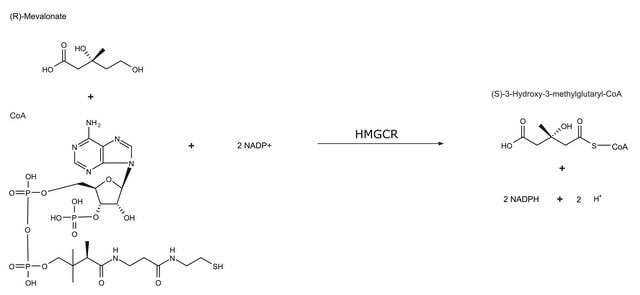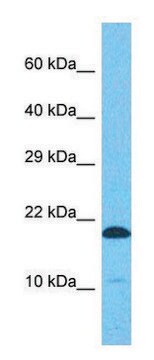ABS1064-I
Anti-Hypusine
Synonyme(s) :
N -4-amino-2-hydroxybutyl(lysine)
About This Item
Produits recommandés
Source biologique
rabbit
Forme d'anticorps
serum
Type de produit anticorps
primary antibodies
Clone
polyclonal
Poids mol.
observed mol wt ~45 kDa (Uncharacterized bands may be observed in some lysate(s).)
Espèces réactives
human
Réactivité de l'espèce (prédite par homologie)
mammals
Isotype
IgG
Conditions d'expédition
ambient
Température de stockage
−20°C
Modification post-traductionnelle de la cible
unmodified
Informations sur le gène
human ... DOHH(83475)
Spécificité
Immunogène
Description de la cible
Forme physique
Reconstitution
Stockage et stabilité
Clause de non-responsabilité
Not finding the right product?
Try our Outil de sélection de produits.
Certificats d'analyse (COA)
Recherchez un Certificats d'analyse (COA) en saisissant le numéro de lot du produit. Les numéros de lot figurent sur l'étiquette du produit après les mots "Lot" ou "Batch".
Déjà en possession de ce produit ?
Retrouvez la documentation relative aux produits que vous avez récemment achetés dans la Bibliothèque de documents.
Notre équipe de scientifiques dispose d'une expérience dans tous les secteurs de la recherche, notamment en sciences de la vie, science des matériaux, synthèse chimique, chromatographie, analyse et dans de nombreux autres domaines..
Contacter notre Service technique







